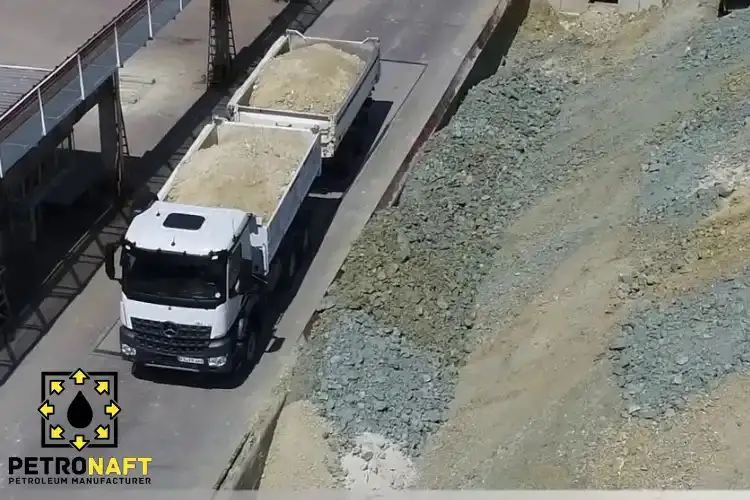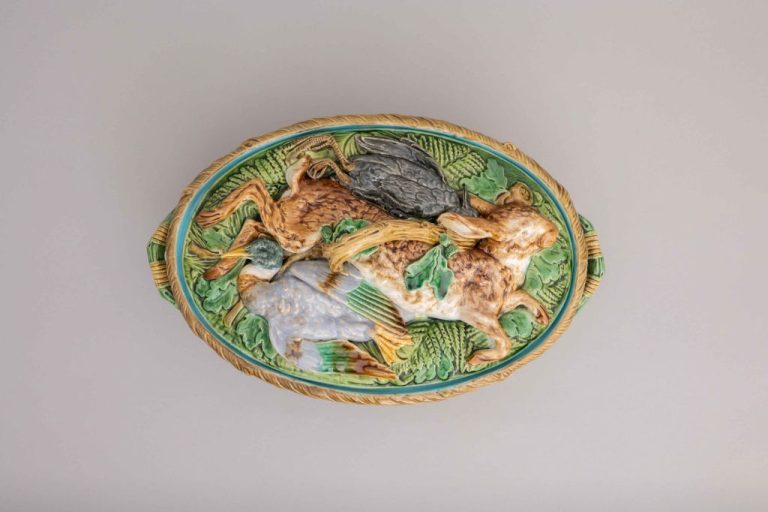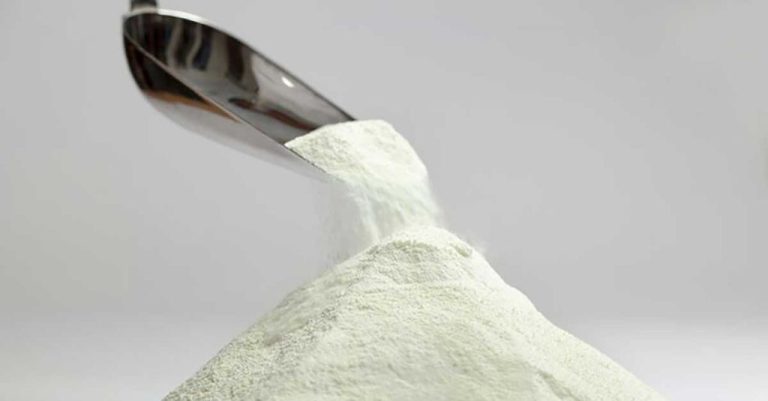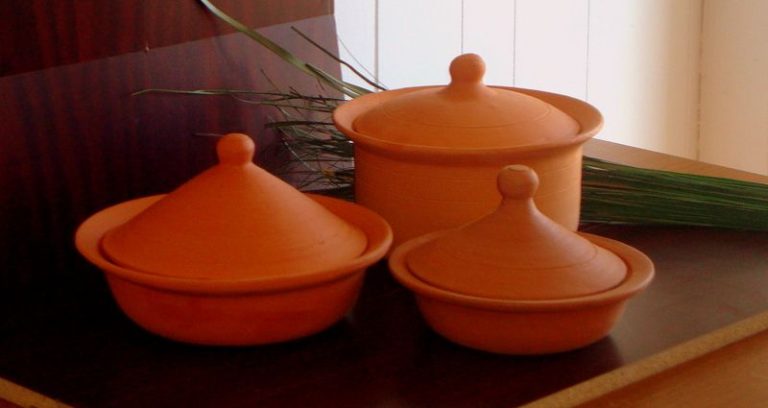Which Is Better Calcium Or Sodium Bentonite Clay?
Bentonite clay is a type of clay derived from volcanic ash. It consists primarily of the clay mineral smectite and has been used medicinally and in various industries for centuries. Bentonite clay can be categorized into two main types based on the dominant exchangeable cation: calcium bentonite and sodium bentonite. The key difference between the two types is that calcium bentonite swells much more in water compared to sodium bentonite. This gives calcium bentonite stronger adsorptive and absorptive properties.
The purpose of this article is to provide a detailed comparison of calcium bentonite versus sodium bentonite clay. We will examine the composition, properties, safety, and uses of each type to help determine which may be better for certain applications. The scope covers an overview of bentonite clay and a focus on the key similarities and differences between the two main varieties. The goal is to allow readers to make an informed decision about which type of bentonite clay may suit their needs best.
What is Bentonite Clay?
Bentonite clay is a type of clay formed from aged volcanic ash. It is an absorbent aluminum phyllosilicate clay consisting mostly of montmorillonite. The name comes from Fort Benton, Wyoming where it was first discovered (1).
Bentonite clay is created when volcanic ash ages and breaks down over time due to exposure to water. The ash alters into a soft clay material called “montmorillonite” which gives bentonite its absorbent properties. The main elements in bentonite clay are aluminum and silica, but it also contains trace minerals like calcium, magnesium, and iron (1).
Key properties of bentonite clay include its ability to absorb toxins, oils, and impurities. It has a strong negative charge which bonds to positively charged toxins and metals in the body. When mixed with water, bentonite forms a paste that draws out toxins, bacteria, chemicals, and heavy metals from the skin and tissues. This helps cleanse and detoxify the body (1, 2). Bentonite is also known for its ability to absorb water and expand, forming a clay gel. This makes it useful as a sealant and binding agent (3).
Types of Bentonite Clay
The two main types of bentonite clay are calcium bentonite and sodium bentonite. They have different properties and characteristics:
Calcium bentonite is composed mostly of calcium and magnesium and has a stronger negative charge. It has excellent absorption and adsorption properties and is more effective at binding to toxins. Calcium bentonite forms a fluffier and lighter clay gel. It’s generally better for internal detoxification and has a higher binding capacity (Source).
Sodium bentonite is composed predominantly of sodium. It has excellent swelling ability and forms a smooth, thick gel when hydrated. Sodium bentonite is better at absorbing and bonding to heavy metals and other positively-charged substances. It’s more commonly used for external applications like masks, poultices, baths, etc. (Source).
In summary, the main differences are that calcium bentonite has a stronger negative charge and is better for internal use, while sodium bentonite swells more and makes a smoother gel better suited for external applications.
Calcium Bentonite Clay
Calcium bentonite clay is found primarily in Death Valley, California and in regions of Europe like France and Italy. It’s composed of aged volcanic ash that contains a high amount of calcium, as well as minerals like magnesium, potassium, sodium, silica, and iron. The clay has strong absorption properties and, when mixed with water, can draw out toxins, oils and impurities from the skin. Some key benefits and uses of calcium bentonite clay include:
Detoxification – Calcium bentonite clay has negative ions that attract positively-charged toxins, helping remove them from the body. It’s often used in detox baths and foot soaks. Studies show it can bind to certain heavy metals and help remove them from the body (source).
Skin cleansing – The clay can remove dirt and oil from the skin, unclog pores, and exfoliate dead skin cells when used as a face mask. It may improve skin tone, complexion and elasticity over time (source).
Dental health – Some natural toothpastes include calcium bentonite clay due to its mineral content and antibacterial properties. It can help remove stains, fight bacteria, and support healthier gums (source).
Sodium Bentonite Clay
Sodium bentonite clay is found in regions such as Wyoming, Montana, South Dakota, and North Dakota in the United States. It forms from volcanic ash aged in seawater. The clay contains high levels of the mineral sodium as well as other minerals like magnesium, silica, and calcium. The clay has a high swelling ability and a strong negative electromagnetic charge, allowing it to absorb toxins, heavy metals, impurities, and other particles (1).
Some key benefits and uses of sodium bentonite clay include:
- Detoxifying the body – The negative charge allows it to bind to positive charged toxins and metals in the gut and remove them from the body (1).
- Promoting skin health – Applied topically, it can remove dirt, oils, and impurities from the skin. It also delivers minerals to the skin. It may improve skin conditions like acne and eczema (2).
- Improving digestion – Taken internally, it can help soothe digestive issues like nausea, constipation, and diarrhea. It may also aid detoxification.
- Boosting oral health – It can absorb toxins in the mouth and fight bacteria. It’s used in some toothpastes.
(1) https://www.ncbi.nlm.nih.gov/pmc/articles/PMC5632318/
(2) https://www.medicalnewstoday.com/articles/325241
Calcium vs. Sodium Bentonite

Calcium bentonite and sodium bentonite have distinct properties due to their differing ionic compositions. Calcium bentonite is rich in calcium ions, while sodium bentonite contains high levels of sodium ions.
Some key differences between the two types:
- Absorption capacity – Sodium bentonite has higher absorption and swelling capacity, absorbing up to 5 times its weight in water. Calcium bentonite has lower absorption but still absorbs significant amounts of water and other liquids.
- Plasticity – Sodium bentonite has higher plasticity, meaning it is more moldable. Calcium bentonite has lower plasticity.
- Viscosity – When hydrated, sodium bentonite forms a thicker gel with higher viscosity. Calcium bentonite has lower viscosity in water.
- Water retention – Sodium bentonite retains more water in its structure, while calcium bentonite lets water flow more freely between its plates.
Some key pros and cons of each type:
Calcium bentonite pros:
- Less expensive
- Readily available
- Useful for sealing applications like lagoons or ponds
Calcium bentonite cons:
- Lower absorption capacity for detoxification
- Less effective drilling fluid
- Lower plasticity limits molding applications
Sodium bentonite pros:
- High absorption for detox and cleansing
- Effective drilling fluid with high viscosity
- High plasticity makes it very moldable
Sodium bentonite cons:
- More expensive than calcium bentonite
- Limited natural sources globally
- Not as effective for sealing ponds as calcium bentonite
In summary, sodium bentonite has superior absorption and molding ability but is more expensive. Calcium bentonite is more affordable and accessible but has lower performance capabilities.
Overall, sodium bentonite tends to be preferable for detoxification and industrial uses, while calcium bentonite is better suited for sealing ponds/lagoons. Consider the specific application when choosing between the two.
Safety and Side Effects
Bentonite clay is generally considered safe to ingest in small amounts or apply topically. However, there are some potential side effects and safety precautions to be aware of:
Potential side effects may include:
- Constipation if ingesting too much clay (MedicalNewsToday, n.d.)
- Skin irritation or rashes for some people when used topically (WebMD, 2022)
- May contain trace heavy metals like lead or arsenic depending on the source (MedicalNewsToday, n.d.)
Safety precautions when using bentonite clay:
- Do not exceed recommended dosages for internal use (FDA, 2016)
- Perform a skin patch test before applying topically to check for allergic reactions (WebMD, 2022)
- Only purchase from reputable sources and check for lead contamination (FDA, 2016)
- Consult your doctor before use if pregnant or have a medical condition (WebMD, 2022)
Overall, bentonite clay is considered safe for most people when used occasionally in small amounts. But be cautious of potential side effects and heavy metal contamination from poor quality sources.
How to Use
When taking bentonite clay internally, it’s important to follow the proper dosage guidelines:
- Start with 1/2 teaspoon mixed in water once per day and gradually increase to 1-2 teaspoons daily, depending on your needs. Do not exceed 2 tablespoons per day without your doctor’s approval.
- Drink plenty of water throughout the day to help flush the clay through your system.
- Take the clay at least 30 minutes before or after medications or supplements since it can reduce their absorption.
Bentonite clay can be used both internally and topically. Here are some ways to use it:
- Mix with water to create a paste and apply as a face or body mask. Let it dry for 5-10 minutes before rinsing.
- Add to baths for a healing and detoxifying soak.
- Make a thick paste to help treat minor skin irritations, burns, or bug bites.
- Mix with apple cider vinegar and use as a natural shampoo or cleanser.
- Stir into juice or non-dairy smoothies for an easy way to take it internally.
Always patch test bentonite clay on a small area of skin before wider use to check for allergic reactions.
Final Recommendations
Both calcium bentonite clay and sodium bentonite clay offer many health benefits when used externally and internally. Here’s a summary of the key points when comparing the two types of bentonite clay:
– Calcium bentonite clay is better for detoxing the body and absorbing toxins. It has stronger adsorptive properties compared to sodium bentonite clay.
– Sodium bentonite clay is more effective for skin applications like face masks. It has better absorbent properties for oils and sebum on the skin.
– Calcium bentonite clay has a higher pH and is safer for internal use. Sodium bentonite clay has a lower pH and could be irritating when ingested.
– Both types of bentonite clay provide minerals and nutrients to the body. Calcium bentonite has more calcium, while sodium bentonite has more sodium.
– When hydrated, calcium bentonite forms a thicker paste compared to sodium bentonite. This makes calcium bentonite better for making clay masks and body wraps.
Based on the key differences between the two types of bentonite clay, here are some recommendations on the best uses for each:
– Use calcium bentonite clay for internal detoxification, dental applications, and body wraps. The stronger adsorptive properties make it ideal for cleansing the body.
– Use sodium bentonite clay for facials, acne treatments, and skin masks. The better absorbent properties help pull out impurities from the skin.
– For general use, calcium bentonite clay may be better tolerated. However, test both types since individual reactions can vary.
– Start with small amounts of bentonite clay internally and watch for side effects. Make sure to stay hydrated when using bentonite clay.
– Purchase bentonite clay from reputable sources that provide lab testing for contaminants. This ensures the clay is safe for consumption.
– Talk to your healthcare provider before ingesting bentonite clay, especially if you have any medical conditions or take medications.
References
Information in this article was researched using the following sources:




